Why You Should Make Iran Your Next Travel Destination
Unless, Of Course, You Want to Miss Out on the Most Mind-Blowing Experience of Your Life

Last year, I was fortunate enough to undertake a 15 day tour of Iran.
1. It is rich with culture.
There are so many art galleries, botanical gardens, tombs, museums, and mosques to explore it is not funny. You will NOT get bored in Iran, and I even think you would need several months to really explore all of the culture and richness the country has to offer.
2. The food is simply divine.
They, of course, have the usual kebabs, but they also have barberry rice, beriyani lamb wraps and khoresht (YUM!). They serve lemon lollipops with their tea and you can eat all the flatbread and feta cheese you want for breakfast. If you go to Isfahan, there is a vintage style teahouse just off the main square that is an artwork in and of itself. Nuff said.
3. You will learn more about the history of Persia than any history teacher could dream of teaching you.
You will not only not get bored in Iran, you WILL get educated. The media's perception of a grey country full of black clothed, hostile religious fanatics is a total lie. This country has so much history, dating back before the time of Alexander the Great, which can be learned about at the aforementioned museums, tombs, art galleries, and mosques.
4. The people are lovely and welcoming.
99% of the Iranian people are kind, welcoming, and want to show you around. They want tourists there and want you to have the best time possible. There are bad areas, but they exist in practically any city in the world.
5. The Zagros Mountains are simply breathtaking.
They're not the typical snowy capped peaks you imagine mountains being —these are dry, arid, desert-like mountains that if you're the tramping type would be great for tramping in—just bring plenty of water!
6. It has ancient sites that are an archaeologist's dream.
Like I said, you will get educated if you come to Iran. The ancient sites are awe-inspiring, and some of the architecture left me wondering how in the world they could have accomplished it without the wonders of modern day technology. The must see sites I would suggest are the Towers of Silence in Yazd and Persepolis, Pasargadae, and Nashq e Rustam in Shiraz.
7. Persian carpets, need I say more?
If you want a Persian carpet, in Isfahan you will find Persian carpets that are far cheaper than buying in the West. Even though international credit cards are not usually accepted in Iran, a majority of reputable carpet warehouses and merchants will accept one.
8. You will see some of the most spectacular art in the world, and may even get to take some home.
I picked up gorgeous painted copper plates at the bazaar, pottery from Natanz (Iran's pottery capital) and even got my hands on a real glass oil lamp.
9. The bazaars are kilometers long, and you can buy anything and everything there (well, perhaps not alcohol).
But seriously, you could easily spend hours just wandering through and getting lost in the 4km long bazaar in Isfahan, marveling at the food, spices, grains and sweets on display—along with clothing, shoes, carpets, pottery and gold jewellery.
10. It has some awesome ski areas with cheap lift passes.
I sadly didn't get to do any skiing as it was the wrong time of year (most resorts are only open December to April), but from what I read in the Lonely Planet Guide, they have some awesome powder and steep, challenging slopes (as well as some gentler ones for the not so advanced). There are even companies that offer guided back country skiing.
11. The hiking is nice too.
Abyaneh, a mountain village popular with tourists, has some really nice hiking around the area. For those who are looking for a challenge, Mt Damavand. At 5671 m tall, it is long and arduous, but not dangerous.
12. Most tourists have been to the conventional touristy countries like the USA, Fiji, Canada, the UK or New Zealand.
This is a country that has just as much beauty and excitement as these places, but isn't yet overrun with tourists. Not to say you won't see crowds, but it is far easier to be immersed in the local culture. For example, I visited a small themepark in Shiraz, and I was the only foreigner there —an excellent opportunity to observe Iranian family life and nightlife.
13. It's cheap.
Key2Persia/Pasargadae Tours offers guided tours for an excellent price and also assist with visa authorization for those who are more confident and want to do it alone. It is very possible to get good restaurant food, accommodation, and tickets to attractions for much, much less than what you'd pay in the west.
14. Dubai and all the shopping and theme parks you could want is just across the ditch.
I spent three days in Dubai/Sharjah/Abu Dhabi on the way back from Iran. It was a nice experience, and there is certainly no shortage of things to do there, even if you hate shopping. However, I preferred Iran vastly—the people were way friendlier and welcoming, the taxi drivers knew their way around far better, it was cheaper and it simply seemed more authentic—like they weren't trying too hard to be a Middle East version of America.
15. It is safe.
I can tell you right now that whatever you've been told about Iran being dangerous is garbage. Sure, you probably don't want to go too near the border areas with Pakistan and Afghanistan, but as long as you stay away from there, you'll be fine. There are religious police, but unless you are rude and aren't listening to them, they won't arrest you and won't hurt you. There are fake police that are very hard for a foreigner to tell from real police, as they have realistic looking uniforms and IDs - If you run into one of these, call your guide and if you don't have a guide or friend you can call, pretend you don't understand and walk back to your hotel or into a local shop and ask for help. There are bad areas, just like there are in any major city in the West.
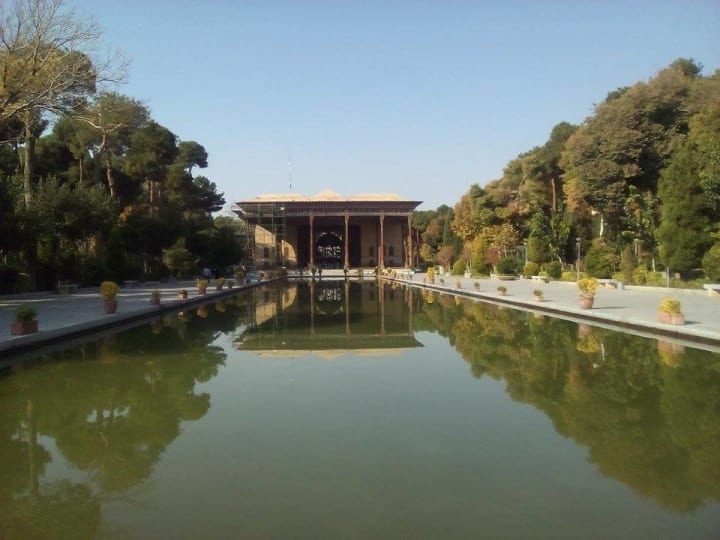
Chehel Sotun Palace, Isfahan
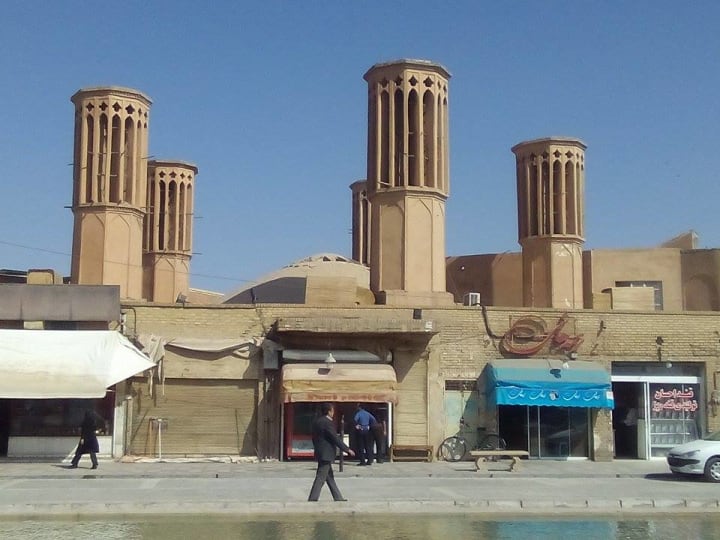
The windcatchers of Yazd
My personal Experience of Spending Two Weeks in Iran
Last year, I was fortunate enough to undertake a 15 day tour of Iran. Most of the other people on the tour were older British people, and were very interested when I said that my grandparents had been under the Shah. Of course, my grandparents' experience of Iran would have been vastly different. My grandmother, for example, would have been able to walk around Tehran with her head uncovered and arms exposed.
We started off in Tehran. We visited the National Museum, Golestan Palace, the Carpet Museum and the Reza Abbassi Museum which has a large collection of ancient and medieval Iranian art. We also visited the Jewels Museum which houses all of the crown jewels. The amount of wealth that vault had was obscene. They even had a forty thousand gem globe on display along with numerous crowns, thrones and swords.
We then took a Greyhound style bus to Yazd. It's a desert city with a lot of Zoroastrian influences. A lot of the houses are very old and have natural air conditioning structures called wind catchers. We saw the Towers of Silence which are old Zoroastrian burial grounds where bodies were exposed and left for the vultures to consume. We also saw the Zoroastrian fire temple which has a fire that has been continuously burning for several hundred years. In Yazd, I was stopped by the religious police. I was wearing a headscarf, a long sleeve dress, and a pair of thick black slacks. This wasn't good enough for them and they lectured me for at least five minutes before letting me go.
We went to Shiraz next. Shiraz has two beautiful ancient cities called Pasagarde and Persepolis nearby. We saw both—both dating back to at least 500BC. They have beautiful carvings that told interesting stories, columns and tombs. Cyrus' mausoleum is at Pasagarde. In the city, we saw the Citadel which for a few decades last century was used as the local penitentiary and I went to a fair where I was the only foreigner. We also saw the tombs of two ancient poets, Hafez and Sa'adi. We also saw a simply beautiful pink tiled mosque which had little churches with crosses painted on some of them as a sign of respect to Christians.
We also saw Isfahan. Isfahan has several very old and beautiful bridges. I met a local boy there who was around eighteen. His father was Iranian but his mother was American. He said that it was his mother's choice to emigrate to Iran to be with his father and that she was aware of the consequences, but that he hated living there because he said that the only thing for teenagers to do was hang around the bridges and smoke. He wanted to go study in the US, but has to wait till he is 21 as his father didn't give him permission to go.
We also saw the main square which has several beautiful mosques, a bazaar that is 4km long and the Ali Qapu Palace.
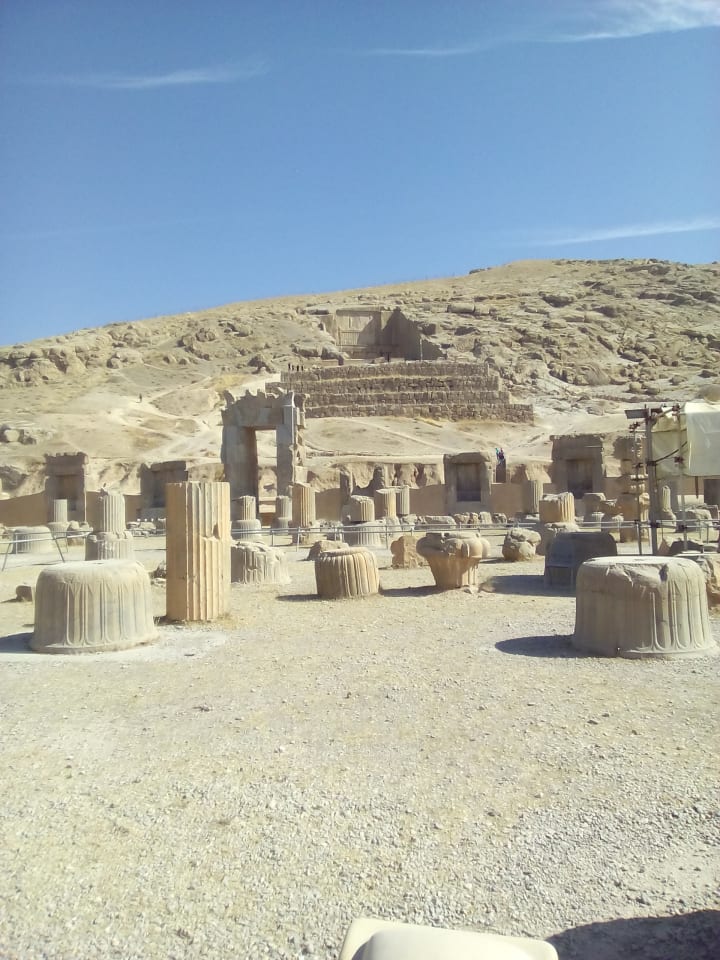
The ruins of Persepolis, the mighty city that was King Xerxes' capital. Dates back to c 500 BC.
Another day, we went to the Armenian Quarter and saw the Vank Cathedral. I haven't been to the Sistine Chapel, but the paintings on the ceiling must have rivalled the beauty. They were jaw dropping. There was also a statue of Jesus in the village square.
We also went to Natanz, which is the pottery capital of Iran. They had a giant pottery vase instead of a statue in the town centre and we saw a potter's workshop. I bought a couple of things and he only charged me around ten dollars all up.
We also went to a tiny mountain village called Abyaneh. It's a small mountain village with some decent hiking. The elderly couple that ran the hotel invited us all down in the evening and we had a dance. It was here that we saw on the news that Donald Trump had been elected. Most of us were convinced that the broadcasters had somehow got it wrong. We stopped at Kashan on the way back to Tehran. We saw the citadel where a poet and political figure was imprisoned and later murdered. We also saw a traditional merchant's house that took around twenty years to construct. There was a group of high school girls that could speak English also visiting, and they mobbed me with questions about New Zealand.
We also saw the Mausoleum of Khomeini. Out of all the mosques, tombs, and monuments we saw in Iran, this was the biggest, most expensively decorated and most obscene. It was huge, with numerous Persian carpets and had gold minarets. Twenty five years in the making and still going. There were homeless people living in the gardens, and our guide said it was probably the safest place for them as nobody would dare commit crime around the mausoleum out of respect for Khomeini. I wondered why they were building such a huge and expensive monument when a large percentage of the people were struggling.
We then returned to Tehran. Some of us went to see the Niyavaran Palace which was where the Shah lived for most of the 70s until he and his family fled the country. It had pretty much everything right where they'd abandoned it. The crown prince's residence still had his bed, TV, model planes and a polar bear rug given by the Canadian Government. The main palace still had the royal clothes, dishware, artwork, and toys in the children's bedrooms. It looked like they had only just left. We also had tea at a beautiful teahouse in the grounds. The others took the metro to a ski area called Tochal, which was closed for the season, but allowed them to take the gondola up to go hiking.
Most people went home the day after. I stayed an extra day and went out for lunch with a friend I met in New Zealand called Ali. He took me to a golf resort for lunch and then we went to a place called the friendship bridge to look out over Tehran.
The thing that struck me most about Iran was the poverty. Our tour guide, who was very dedicated, said that she would definitely agree with Ali who said the unemployment rate was around 40%. She said she had a Master's degree in English Literature and really wanted to teach, but she couldn't find a position—so she became a guide. She said she was lucky to have a job at all. I saw many, many illegal roadside stalls. I also met a tradie one night on the streets of Tehran who wanted someone to speak English with. He was surprisingly good—usually, it is only the rich who can speak English. He said that his salary was getting increasingly smaller thanks to Ahmadenejad. He also said that house prices had skyrocketed and that he was lucky to have bought his house when he did. He said he had a wife and son in Finland. He said he had been very reluctant to give them permission to go, but realized that if he wanted his son to get the best possible education, it was the only choice. He said he was around 13 at the time of the revolution. He said he had supported it and wanted the Shah gone, but felt like he'd been tricked—he said most people that wanted the revolution never wanted Shariah law and now wanted change again, but were too afraid.
I had no trouble getting back into Canada. The customs officer on duty was very bored and couldn't be bothered asking me many questions. In Japan, I was stopped and questioned but was allowed in.
I feel like the two weeks I spent there was very sobering. I learned a lot about the history of Persia and the problems in the Middle East today. As I said earlier, I felt safe on the streets. Women nowadays do not wear full burqa or anything remotely resembling it except in the cities housing the religious seminaries. Our tour guide has said the police do an extremely good job of guarding the cities and cracking down on any would be terrorists. The locals also want tourists there, and come down very hard on anybody harassing them. As long as it stays like this, I would feel comfortable taking my own child there one day.

Ice house in Abarqu - typically used for storing ice before the invention of freezers

Looking out over Tehran from the Friendship Bridge with my friend Ali. The haze in the background is the smog you can see from the millions of cars that still clog Tehran's roads. The government are making efforts to combat this by introducing better public transport such as the metro system.



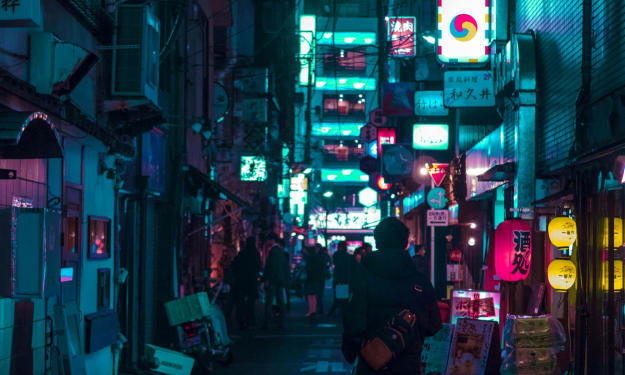
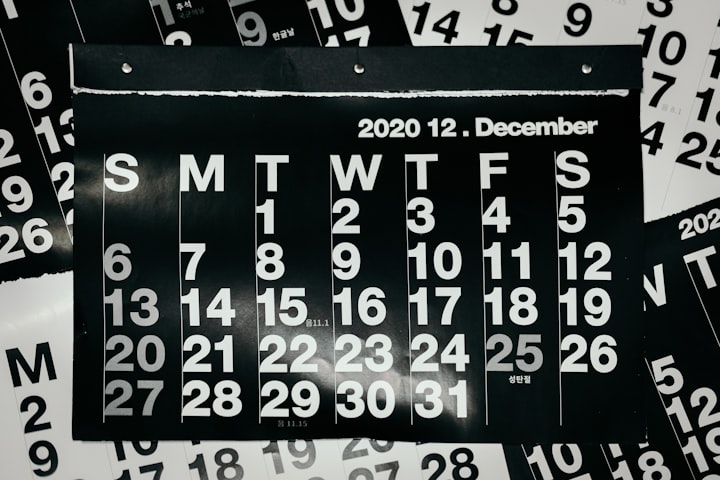
Comments
There are no comments for this story
Be the first to respond and start the conversation.